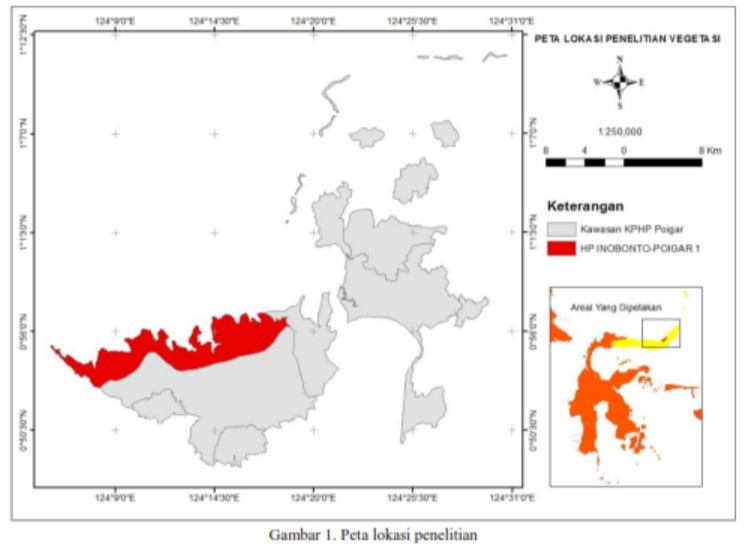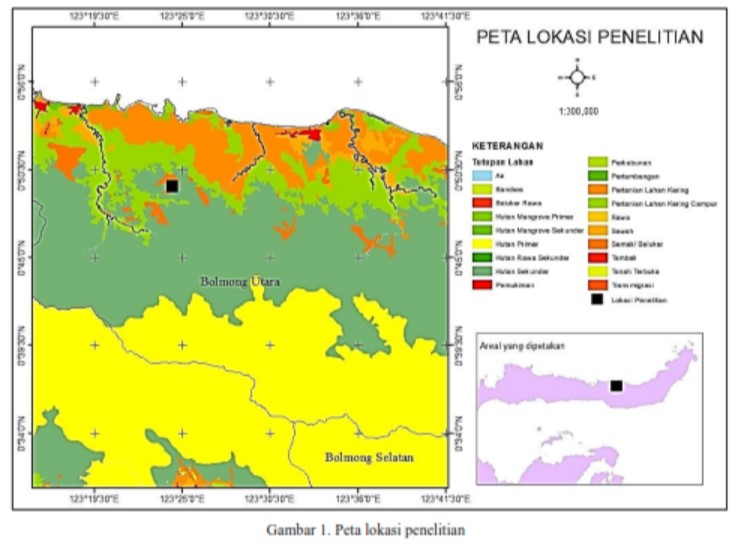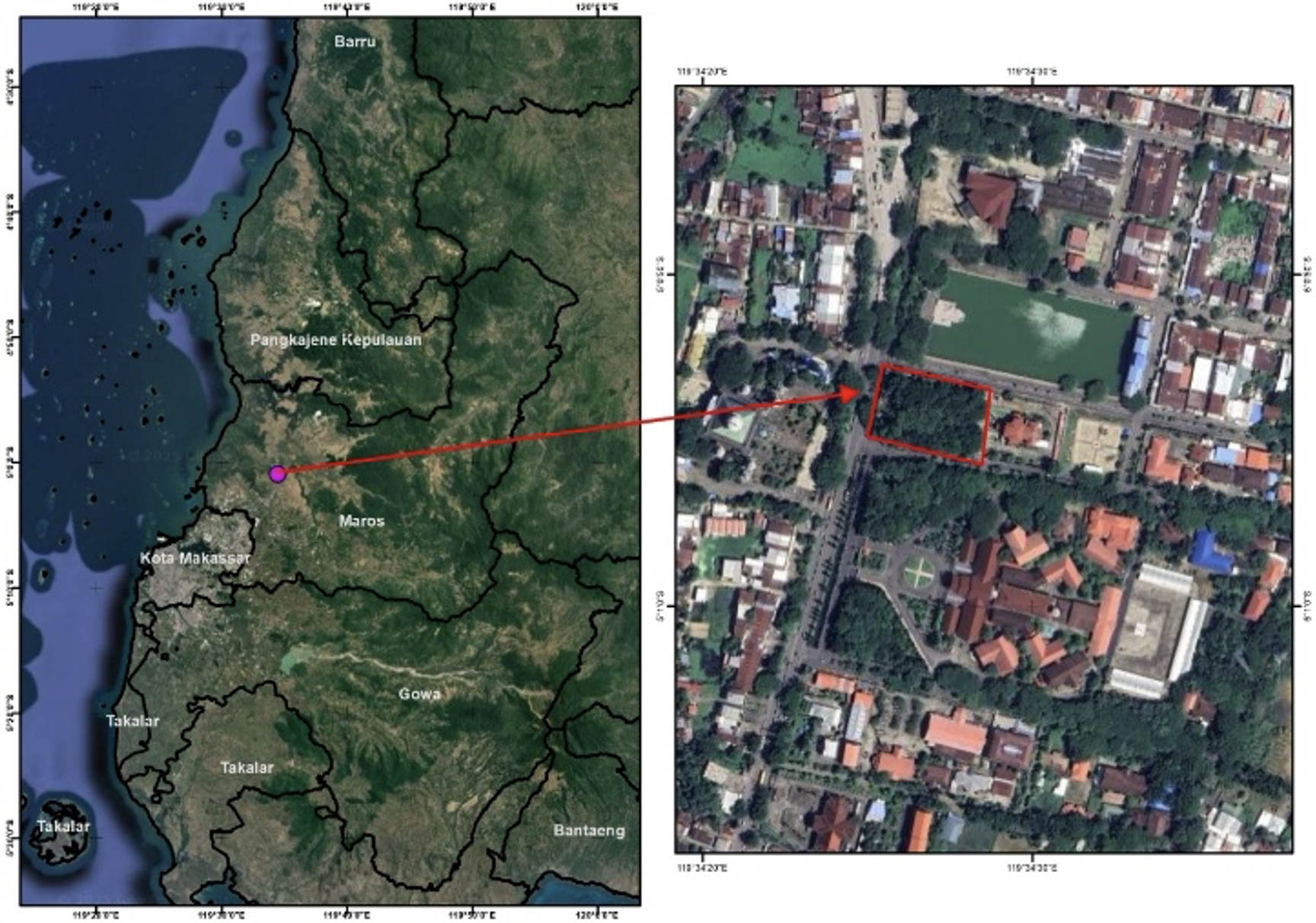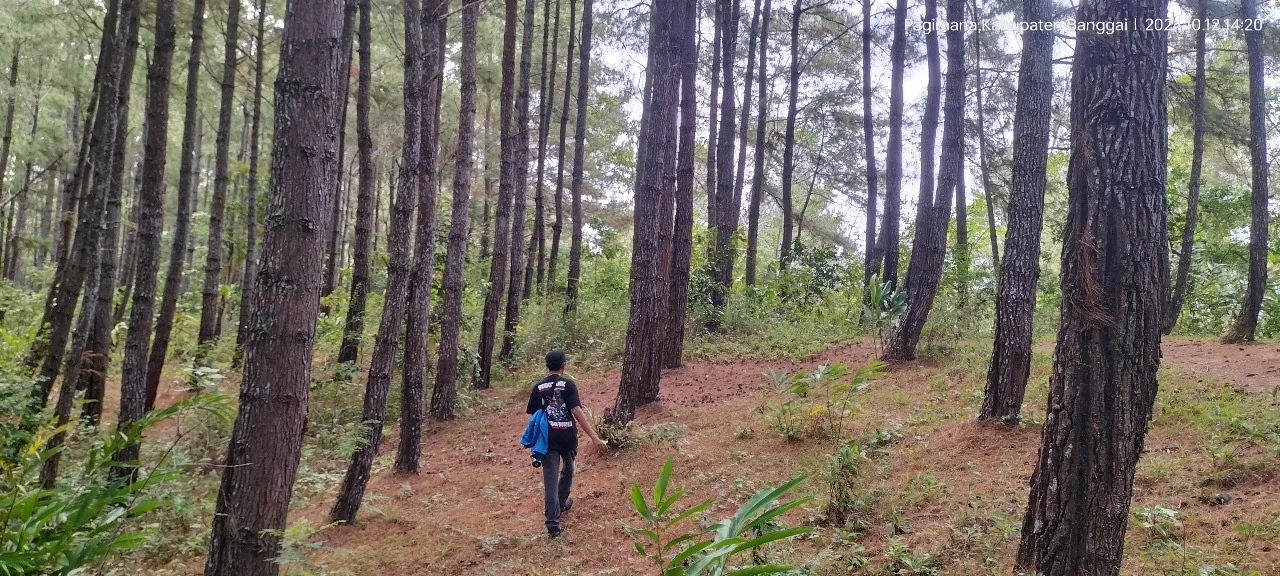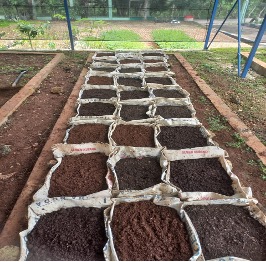Structure, Composition and Diversity of Tree Species at Inobonto Poigar I Production Forest, Forest Management Unit of Poigar, North Sulawesi
Abstract
Most of primary forest after exploitation era in Indonesia was converted into secondary forest including Forest Management Unit of Poigar. On the other hand the understanding of forest vegetation will help ecology restoration efforts. This study aims to analyze the structure, composition and tree species diversity of Inobonto Poigar I. In order to accomplish the proposed objectives, 31 plots of 20 m x 20 m were randomly established in the forest area where number and name of tree species in each plot was identified and counted. The research was conducted on September 2014 and recorded a total of 78 species within measured plot. The average basal area of the forest was 16,77 m2/ha and the size class distribution was different from primary forest which is resembled a reserved J-shaped pattern. Trema orientalis was found as the dominant species among tree and pole levels, whereas Piper sp. dominated sapling level respectively. The Shannon-Wiener index showed that sapling has the higher diversity than tree and poles. The result of structure and composition analysis of vegetation has indicated that Inobonto I forest is secondary forest.
Hak Cipta (c) 2016 Jurnal Wasian

Artikel ini berlisensi Creative Commons Attribution-NonCommercial 4.0 International License.
Copyright and License
All articles published in Wasian Journal are the property of the authors. By submitting an article to Wasian Journal, authors agree to the following terms:
-
Copyright Ownership: The author(s) retain copyright and full publishing rights without restrictions. Authors grant the journal the right to publish the work first and to distribute it as open access under a Creative Commons Attribution 4.0 International License (CC BY 4.0).
-
Licensing: Articles published in Wasian Journal are licensed under a Creative Commons Attribution 4.0 International License (CC BY 4.0). This license allows others to share, copy, and redistribute the material in any medium or format, and adapt, remix, transform, and build upon the material for any purpose, even commercially, provided that proper credit is given to the original author(s) and the source of the material

This work is licensed under a Creative Commons Attribution 4.0 International License. -
Author's Rights: Authors are permitted and encouraged to post their work online (e.g., in institutional repositories or on their website) prior to and during the submission process, as it can lead to productive exchanges and greater citation of published work.
-
Third-Party Content: If your article contains material (e.g., images, tables, or figures) for which you do not hold copyright, you must obtain permission from the copyright holder to use the material in your article. This permission must include the right for you to grant the journal the rights described above.
-
Reprints and Distribution: Authors have the right to distribute the final published version of their work (e.g., post it to an institutional repository or publish it in a book), provided that the original publication in Wasian Journal is acknowledged.
For the reader you are free to:
- Share — copy and redistribute the material in any medium or format for any purpose, even commercially.
- Adapt — remix, transform, and build upon the material for any purpose, even commercially.
- The licensor cannot revoke these freedoms as long as you follow the license terms.
Under the following terms:
- Attribution — You must give appropriate credit , provide a link to the license, and indicate if changes were made . You may do so in any reasonable manner, but not in any way that suggests the licensor endorses you or your use.
- No additional restrictions — You may not apply legal terms or technological measures that legally restrict others from doing anything the license permits.
Notices:
You do not have to comply with the license for elements of the material in the public domain or where your use is permitted by an applicable exception or limitation .
No warranties are given. The license may not give you all of the permissions necessary for your intended use. For example, other rights such as publicity, privacy, or moral rightsmay limit how you use the material.
Artikel paling banyak dibaca berdasarkan penulis yang sama
- Supratman Tabba Supratman, Nurlita Indah Wahyuni Nurlita, Hendra Susanto Mokodompit Hendra , Composition and Structure of Tiwoho Mangrove Vegetation at Bunaken National Parkional Park (Komposisi Dan Struktur Vegetasi Mangrove Tiwoho di Kawasan Taman Nasional Bunaken) , Jurnal Wasian: Vol 2 No 2 (2015): December

